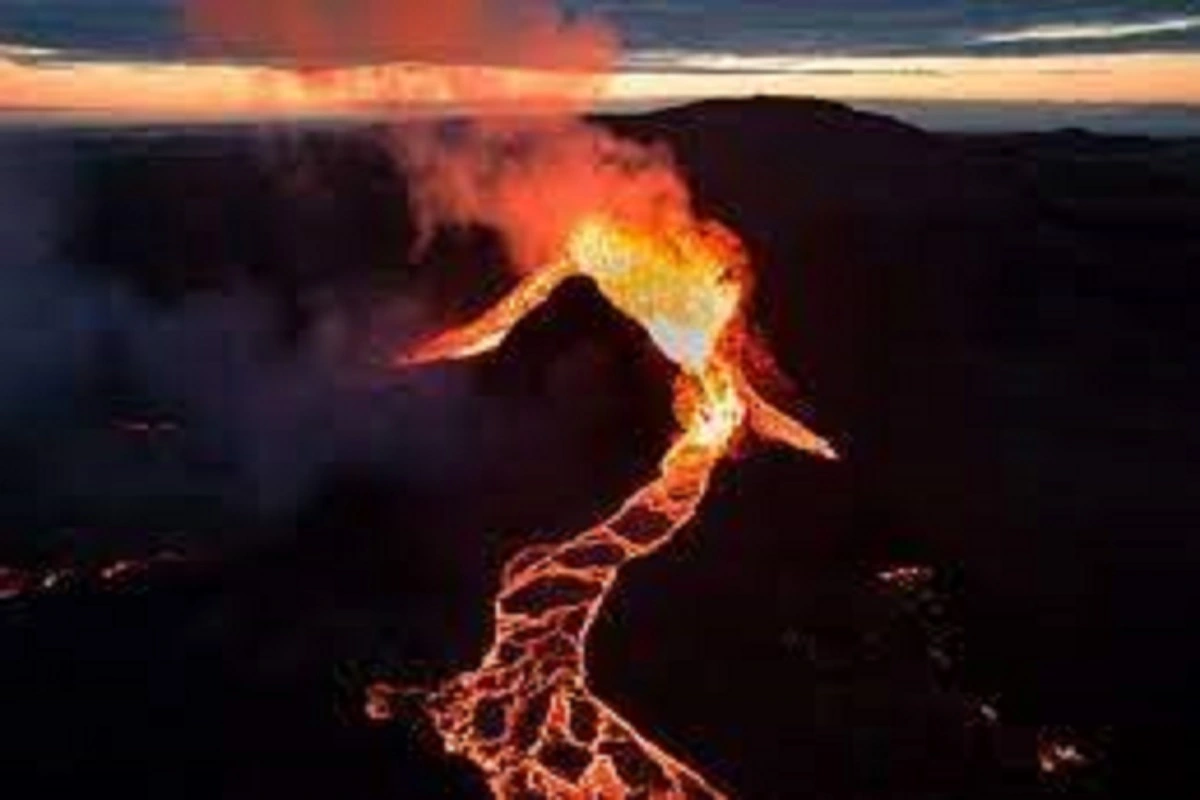
Tonga's Hunga eruption produced unprecedentedly intense lightning
With nearly 2,00,000 lightning flashes in its plume throughout the eruption, peaking at more than 2,600 flashes per minute, Tonga’s Hunga volcanic eruption created a ”supercharged” thunderstorm that produced the most intense lightning ever recorded, researchers have found.
Some of this lightning reached unprecedented altitudes in the Earth’s atmosphere, between 20 to 30 kilometers high, the researchers said after having tracked these lightning flashes and combining data from sensors measuring light and radio waves.
The high energy with which magma was expelled through the shallow ocean caused the storm to develop, according to lead researcher Alexa Van Eaton, a volcanologist at the US Geological Survey (USGS).
Magma, or molten rock, vapourised the seawater, which rose up into the plume, forming electrifying collisions between volcanic ash, supercooled water, and hailstones and thus, creating the perfect storm for lightning, she said.
”This eruption triggered a supercharged thunderstorm, the likes of which we’ve never seen.
”With this eruption, we discovered that volcanic plumes can create the conditions for lightning far beyond the realm of meteorological thunderstorms we’ve previously observed.
”It turns out, volcanic eruptions can create more extreme lightning than any other kind of storm on Earth,” said Van Eaton.
While the towering plume of ash, water, and magmatic gas (58 kilometers high) generated by the submarine volcano located in the southern Pacific Ocean gave scientists useful information about the scale of the eruption, it obscured the vent from satellite view, making it difficult to track changes in the eruption as it progressed.
To read more such news, download Bharat Express news apps




















